History of American Football
How to play American football
Flag football
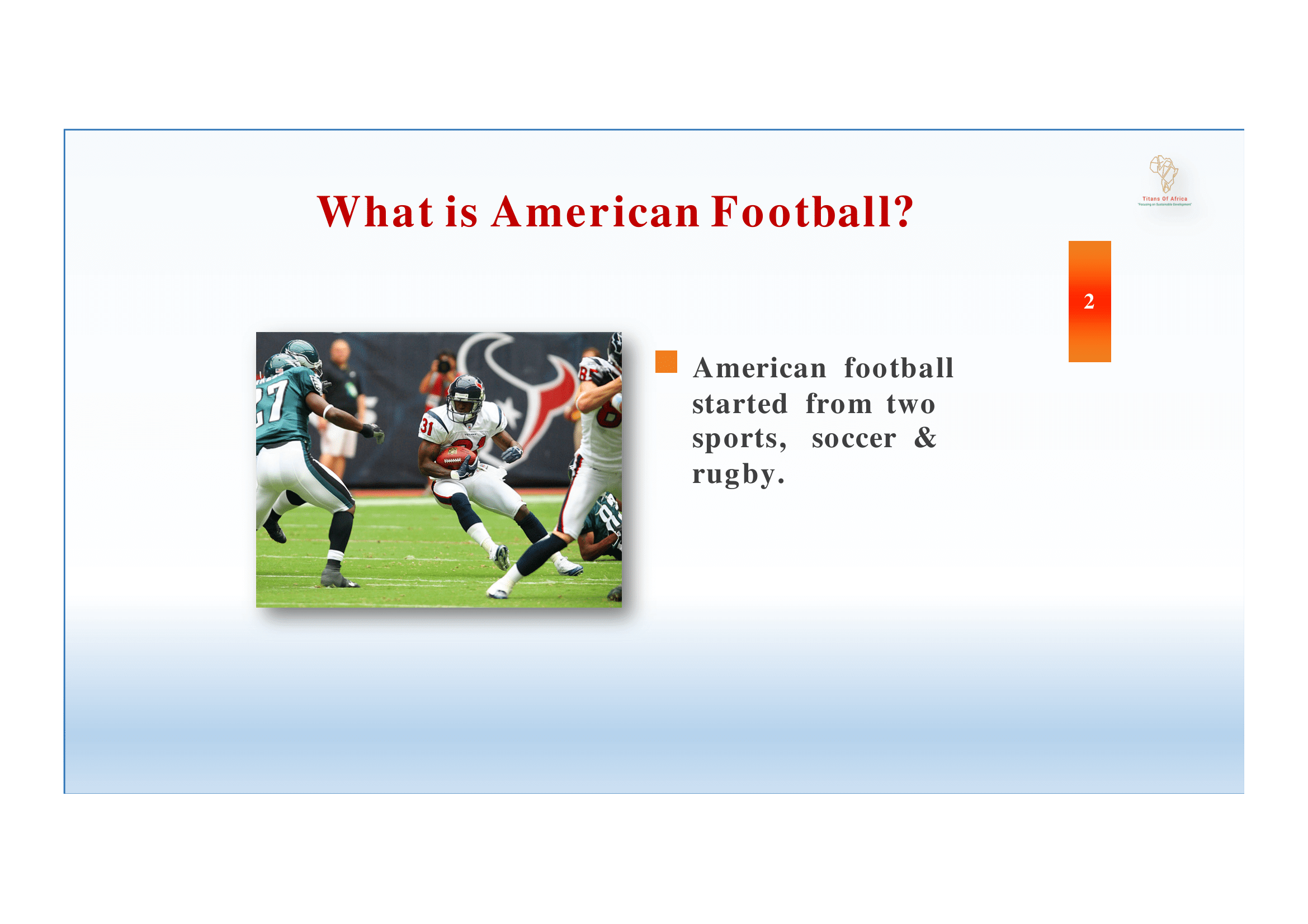
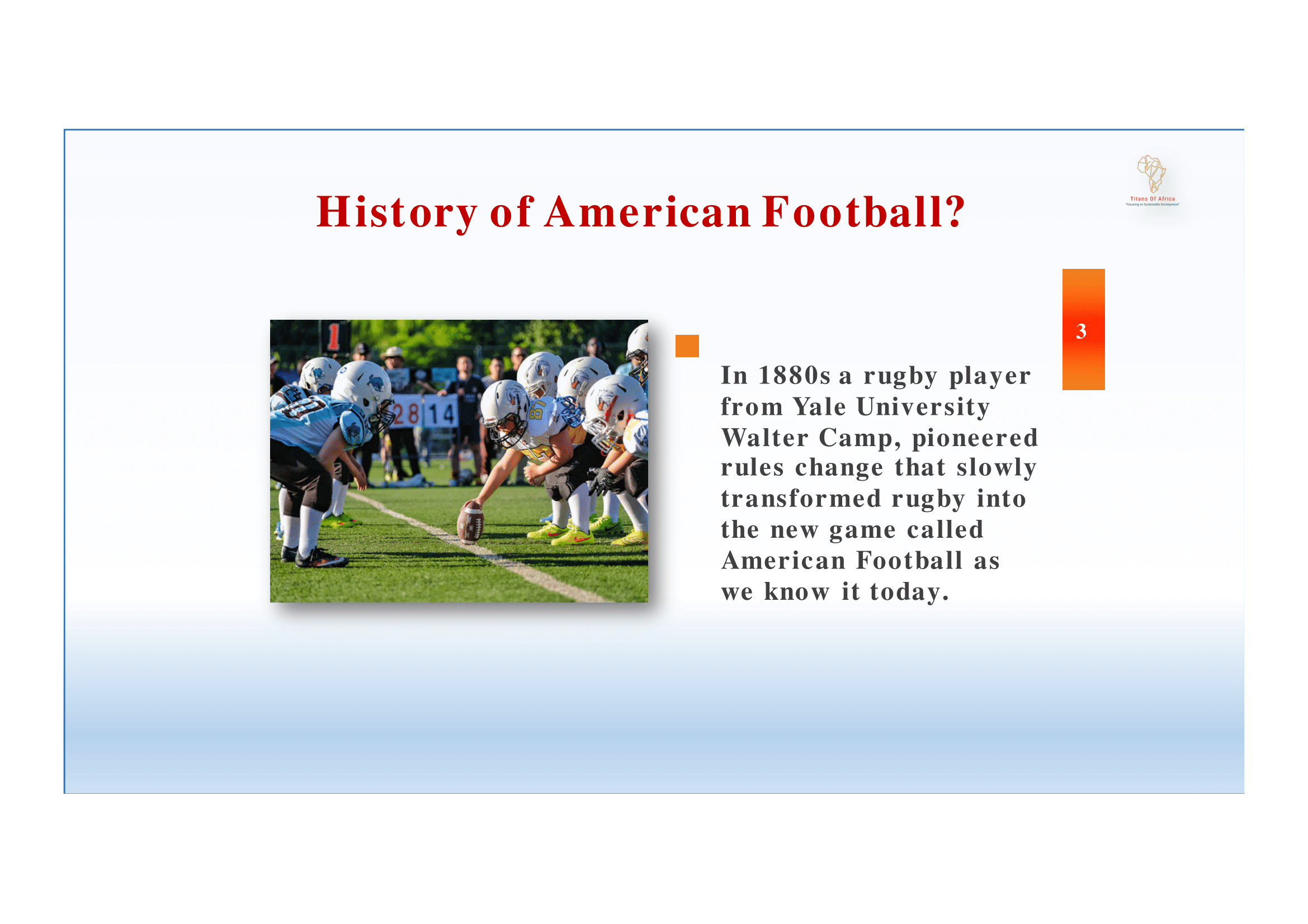
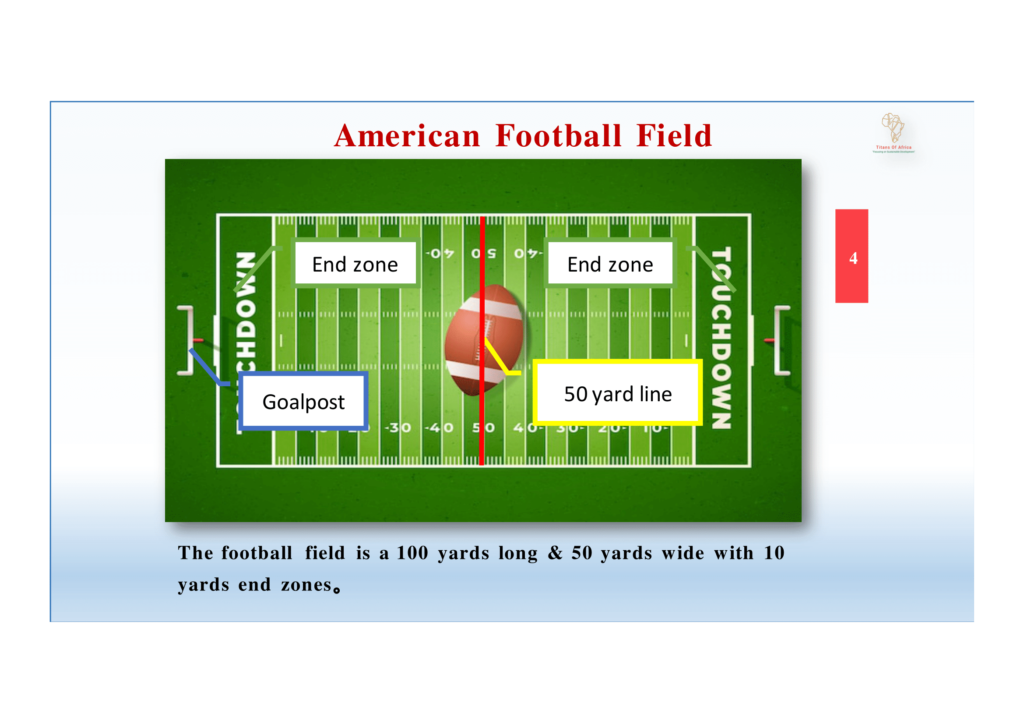
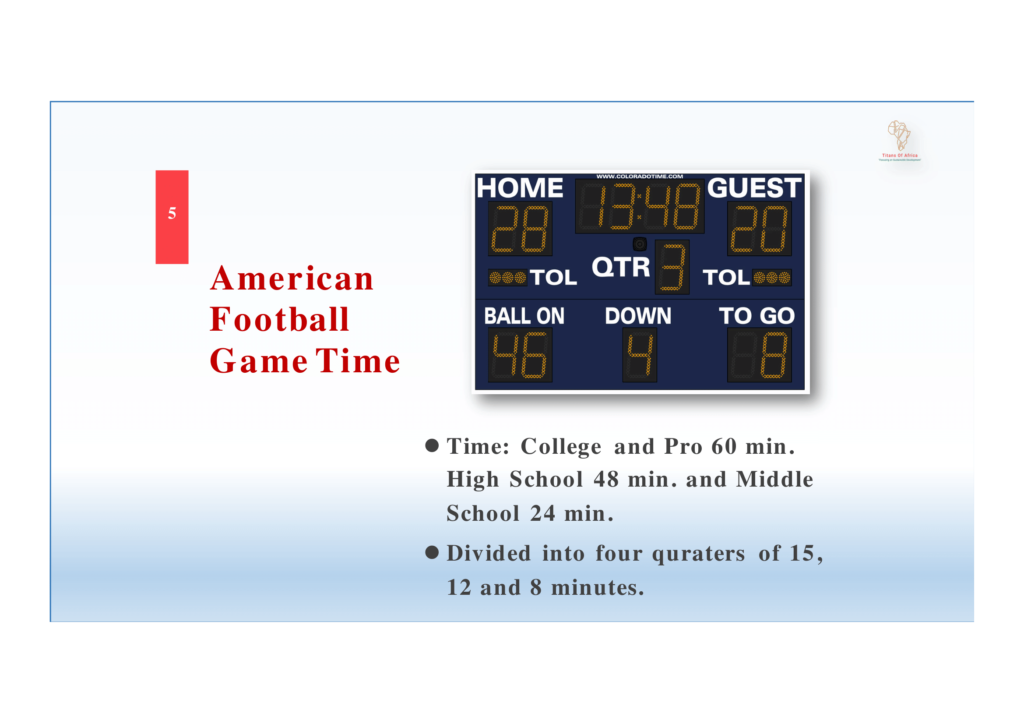
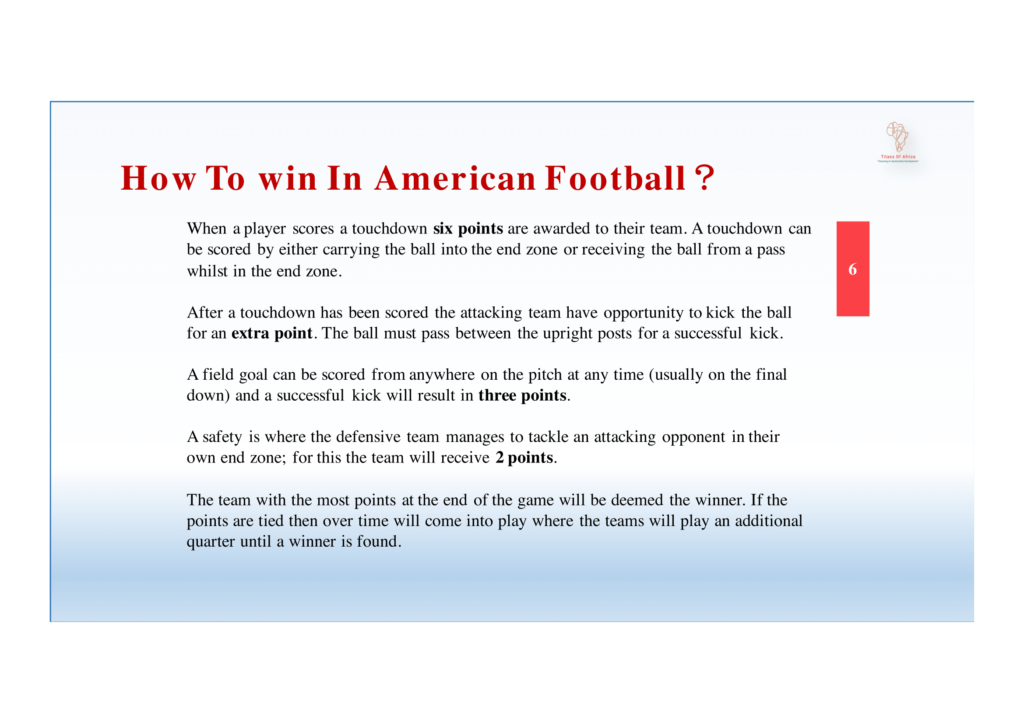
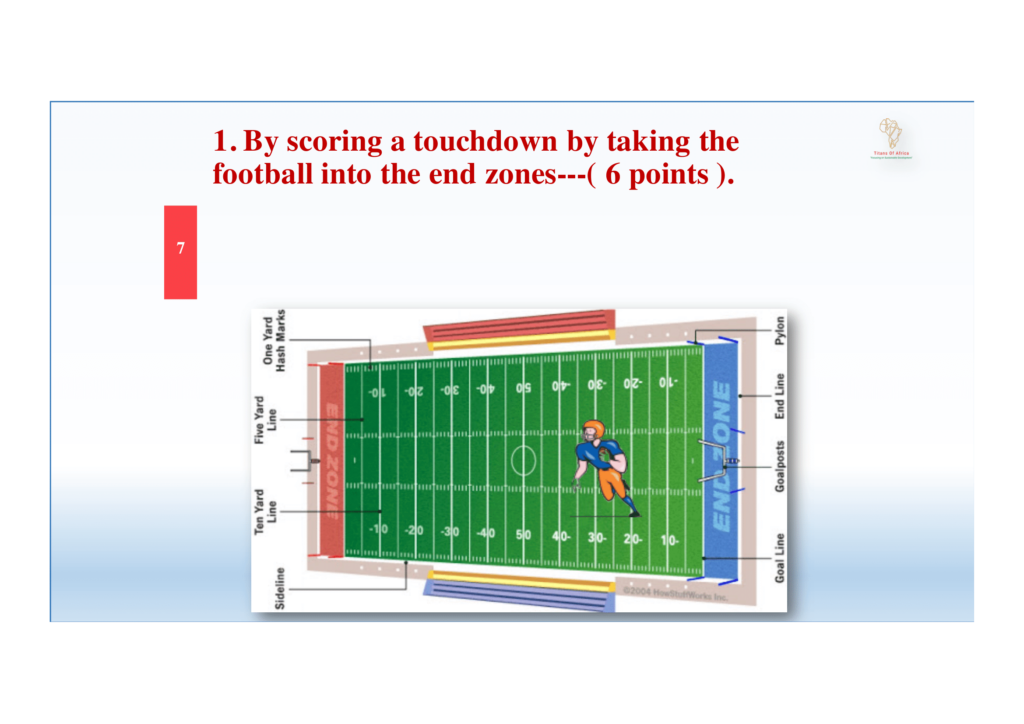
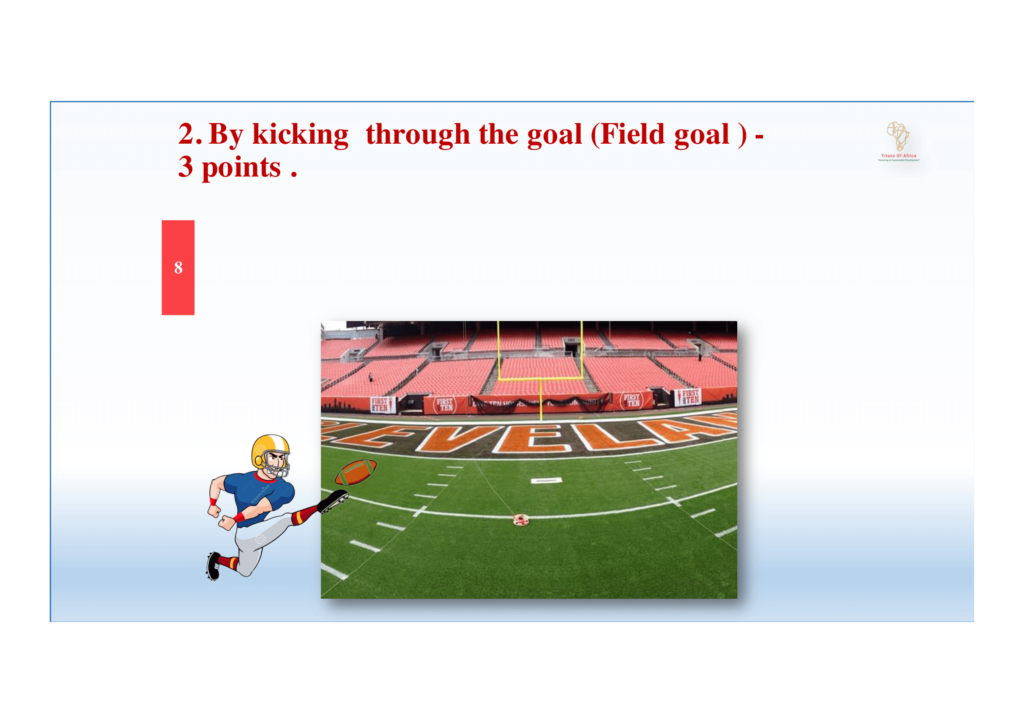
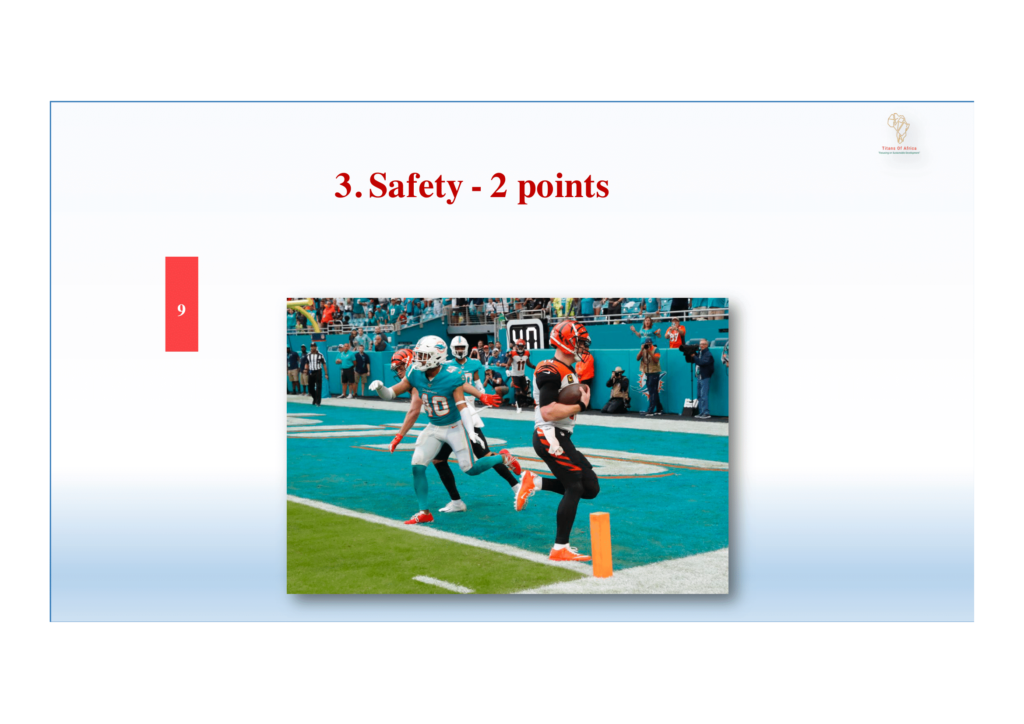
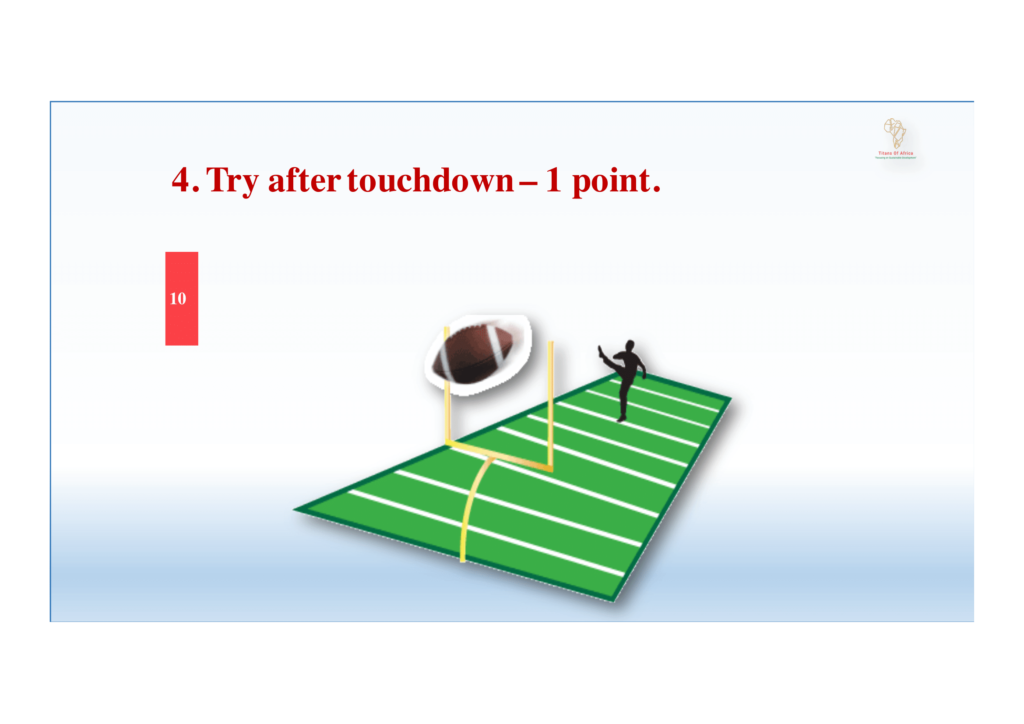
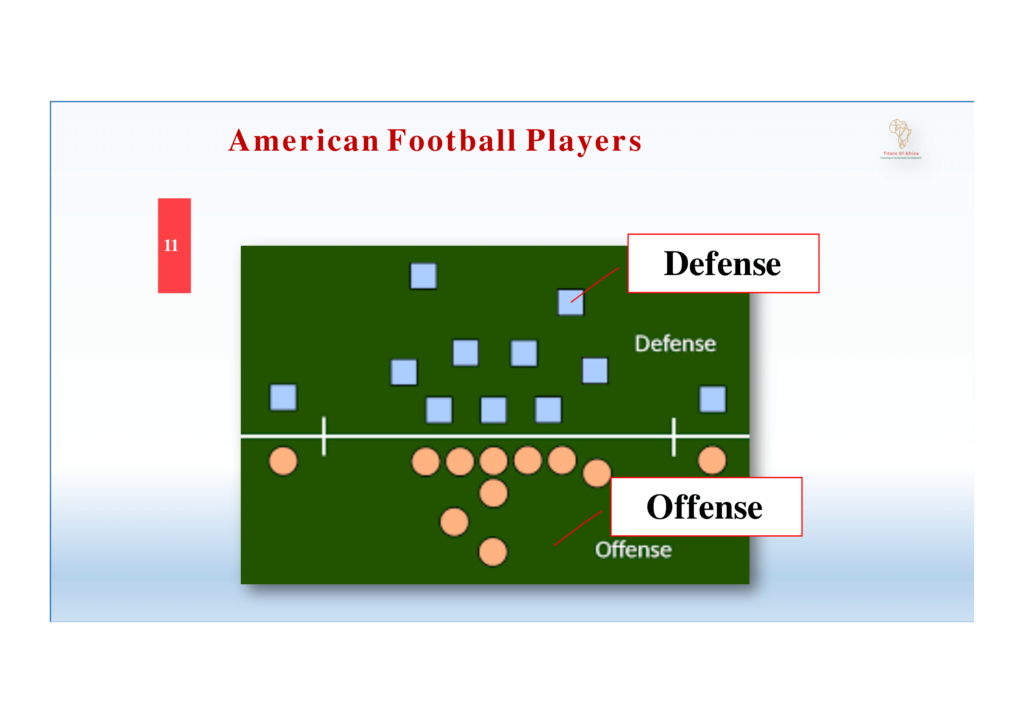
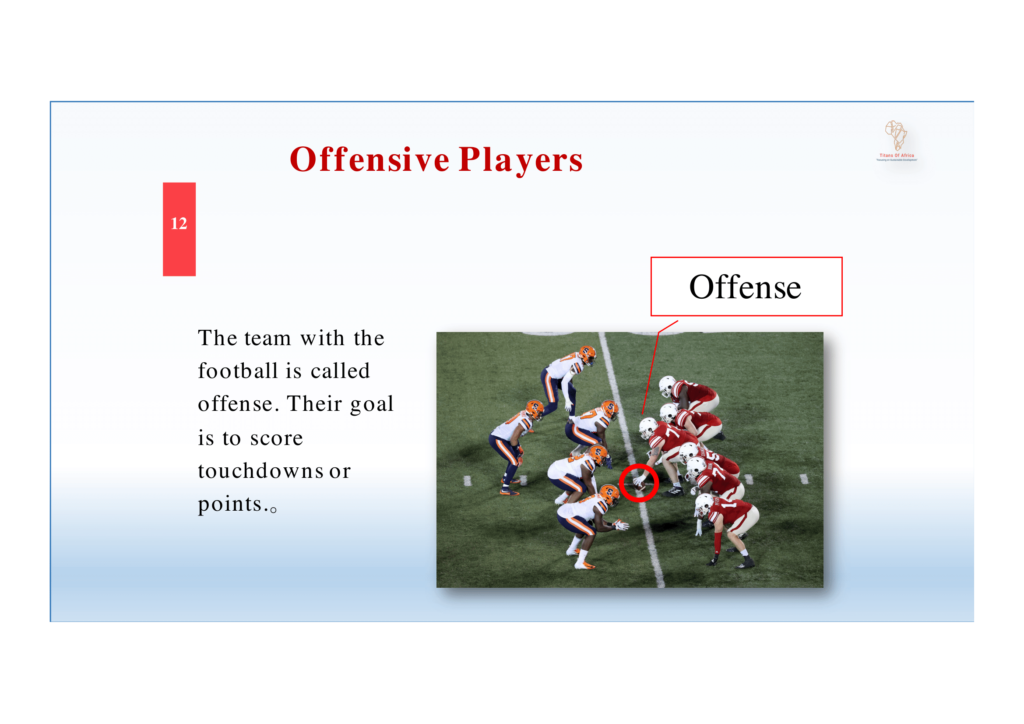
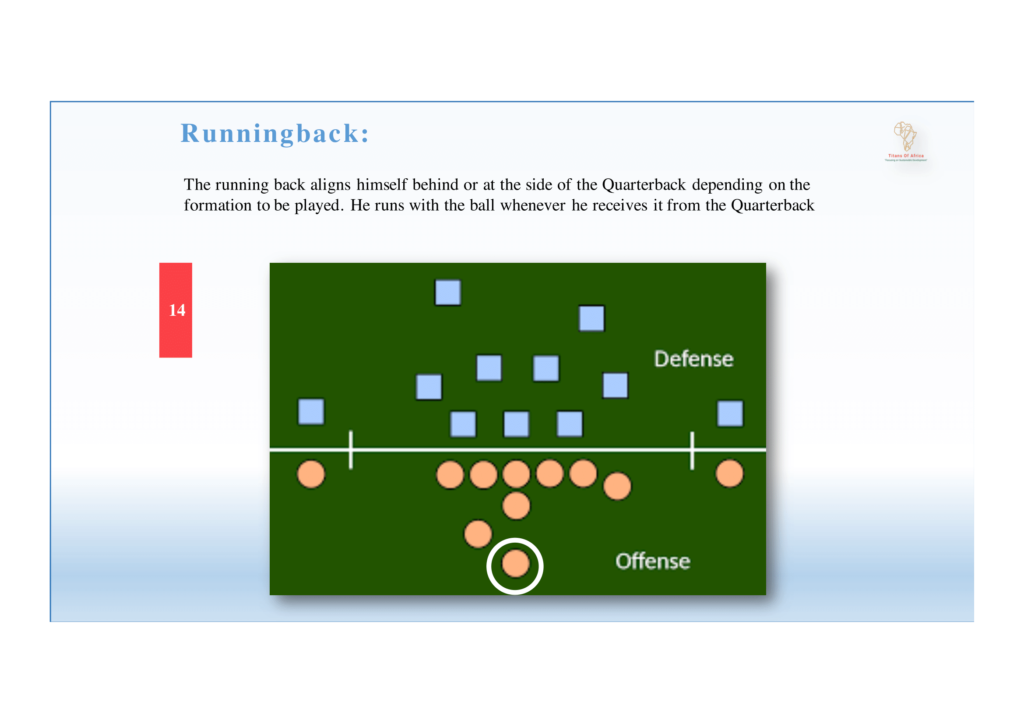
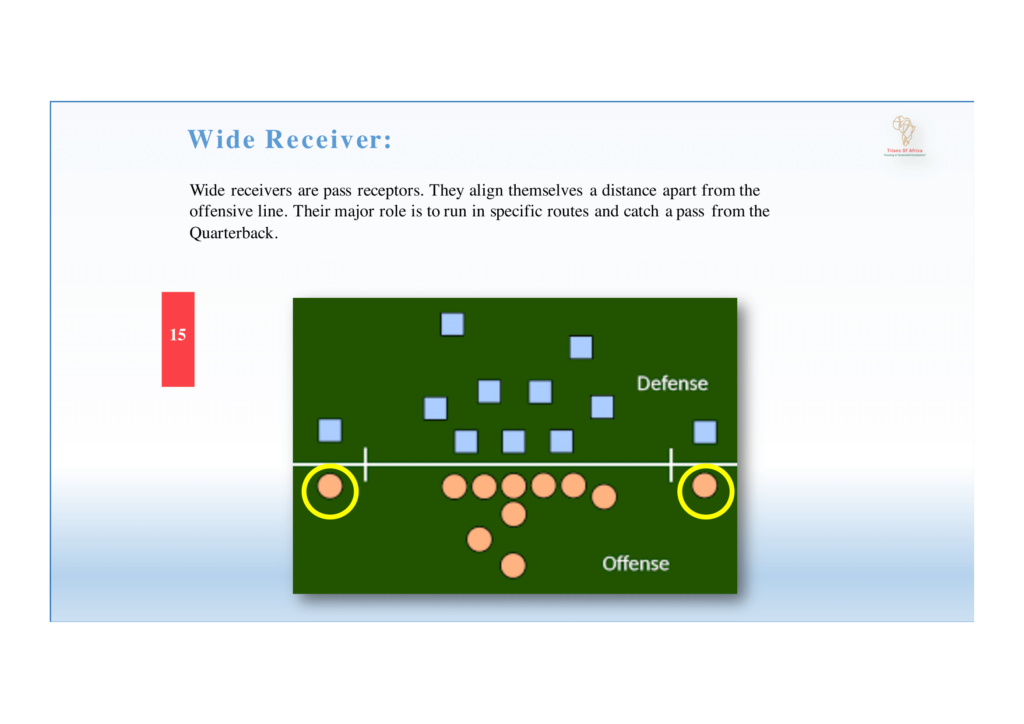
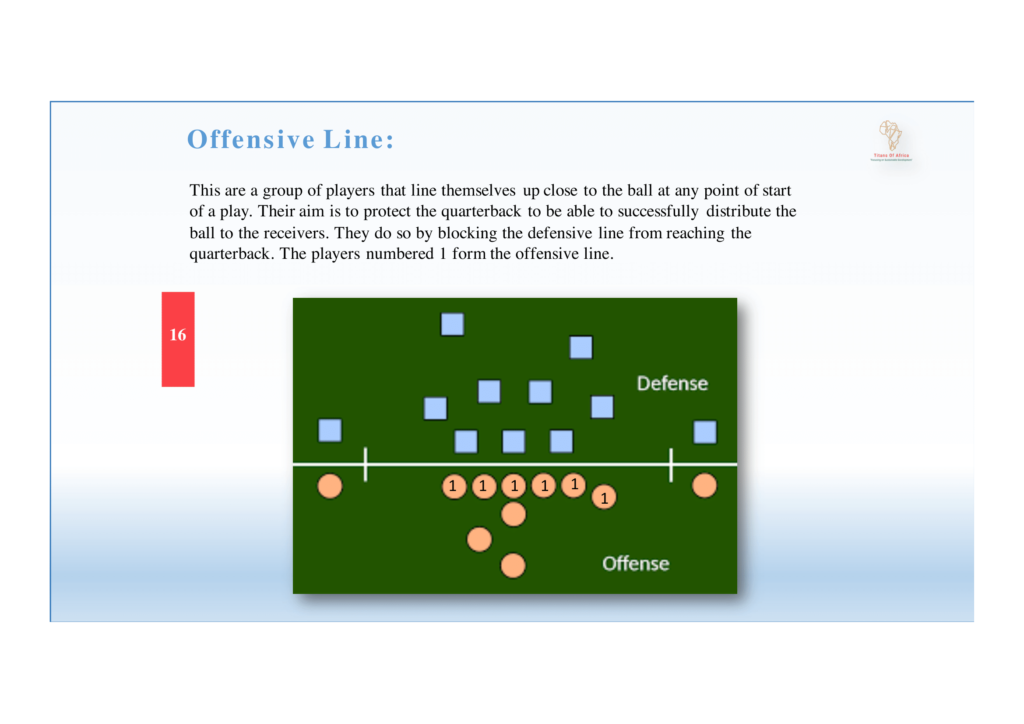
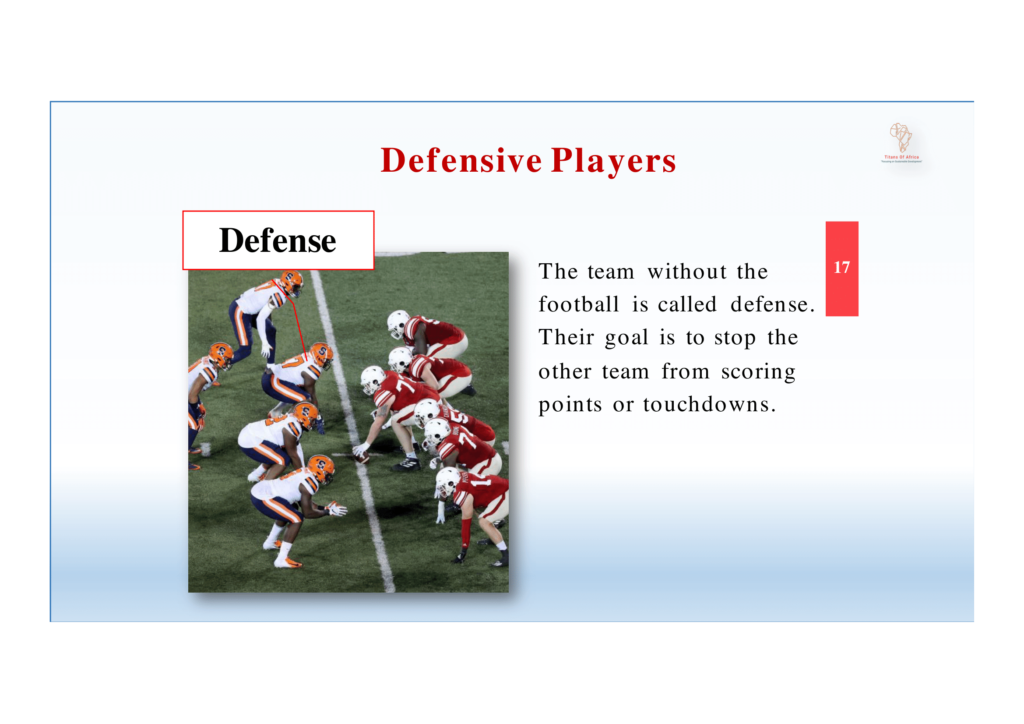
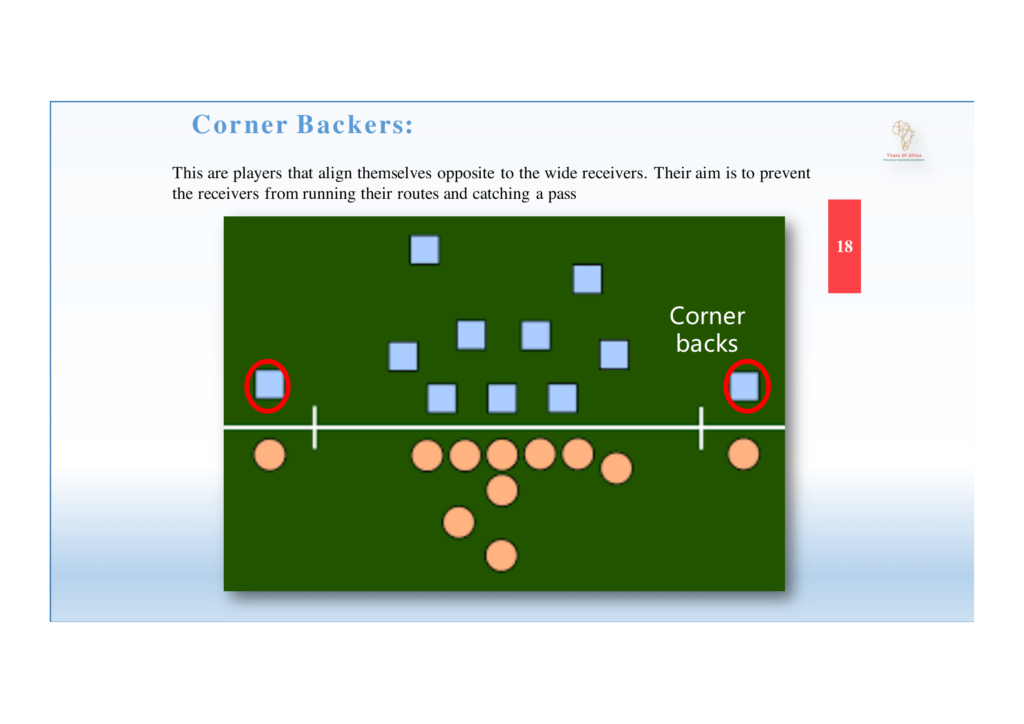
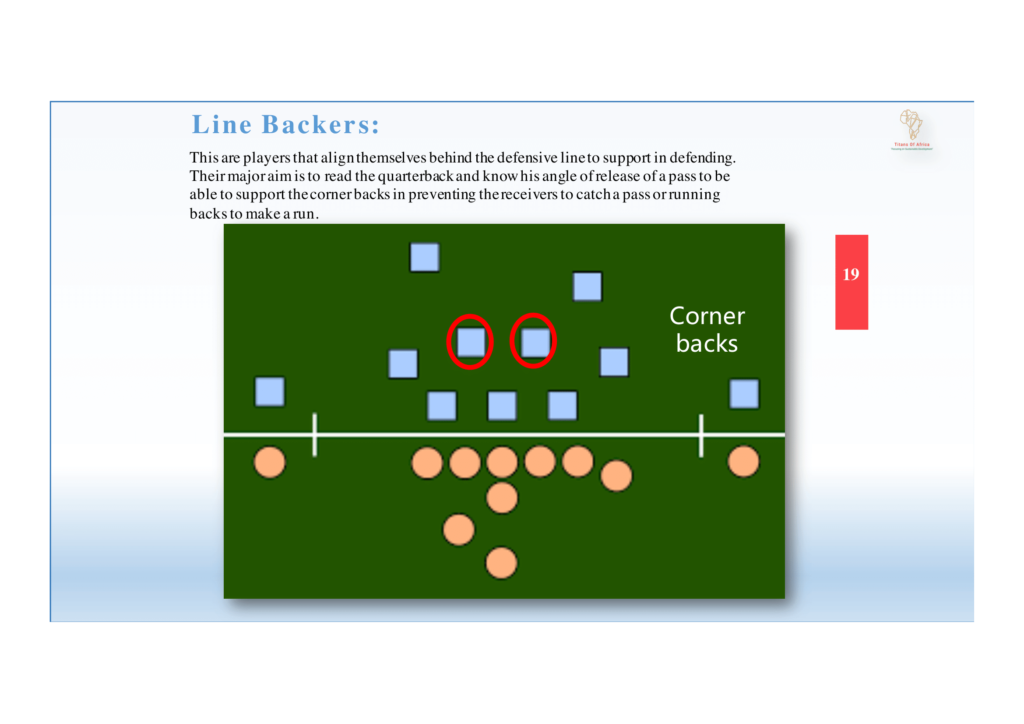
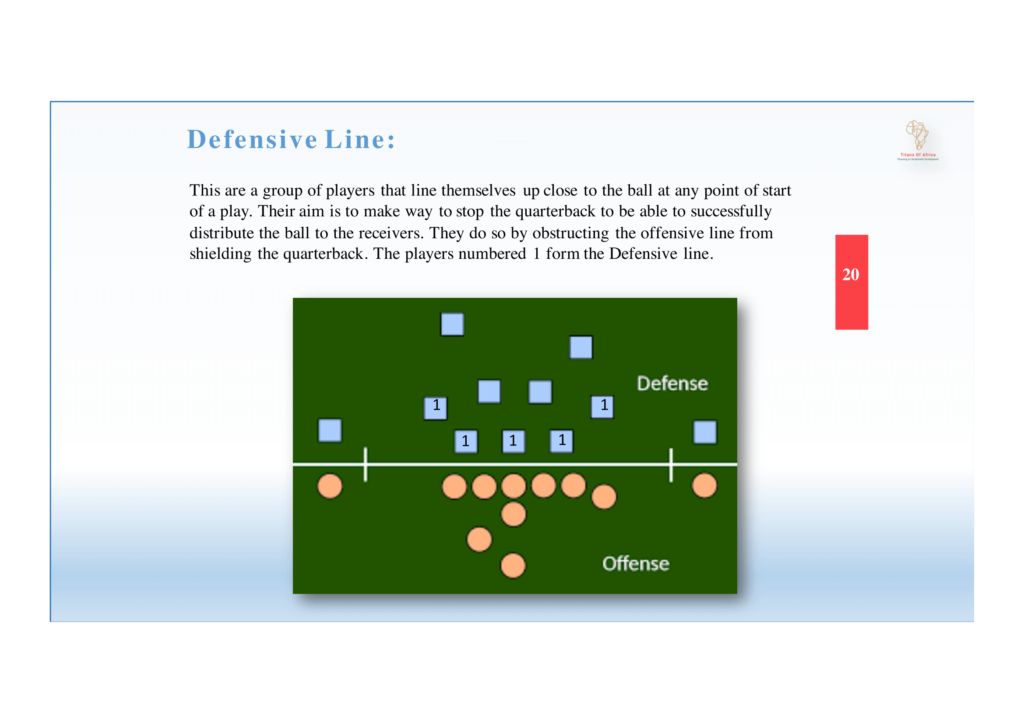
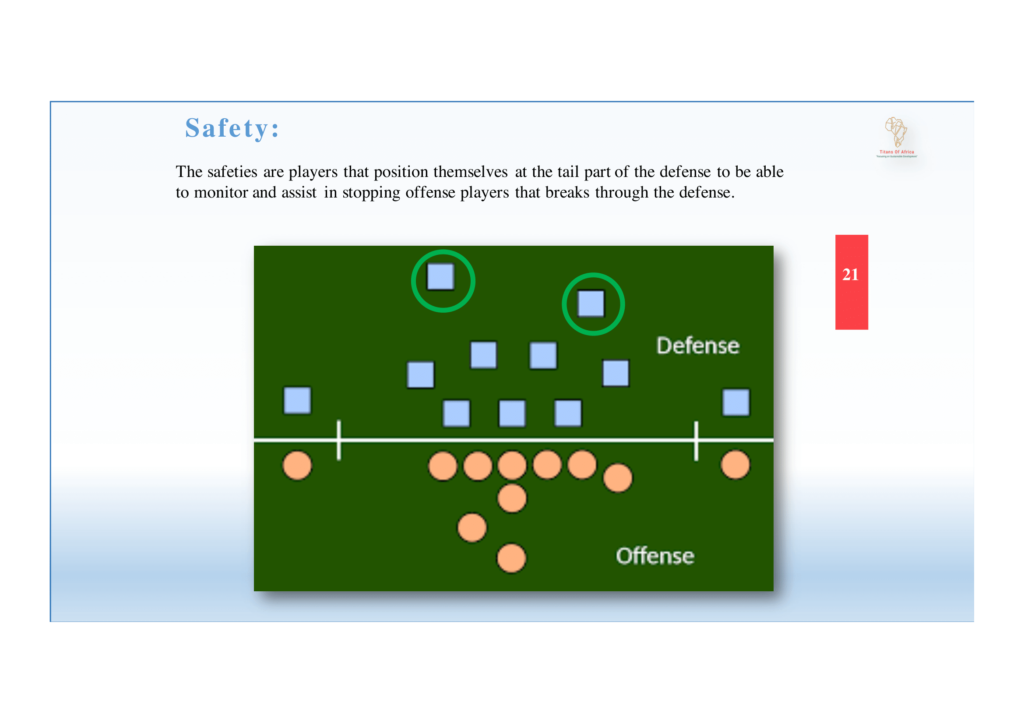
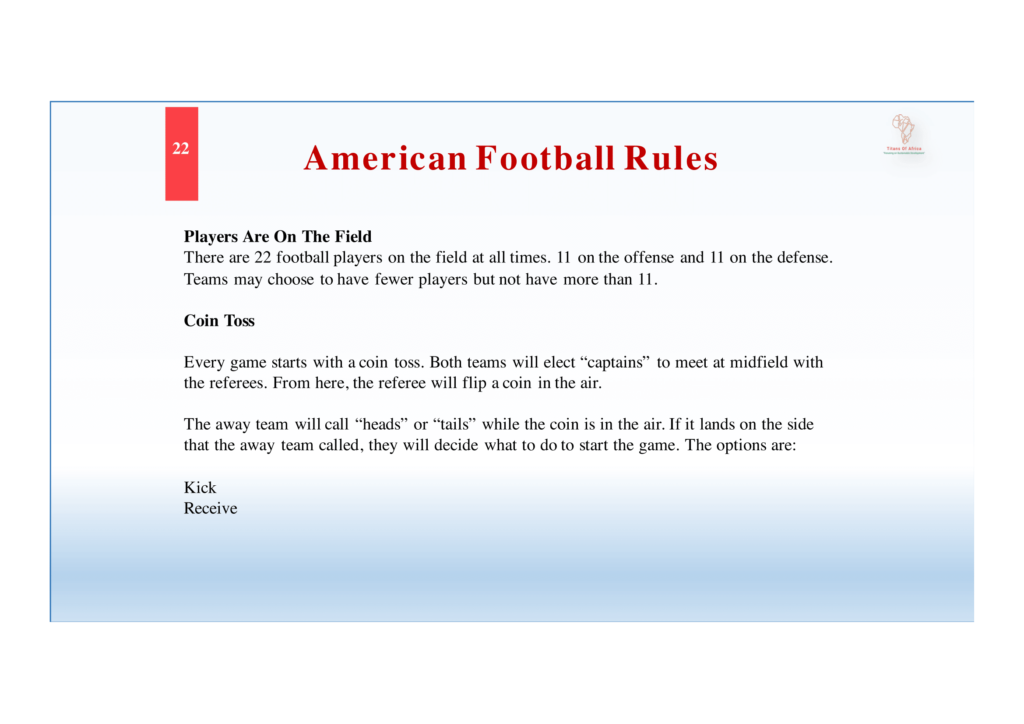
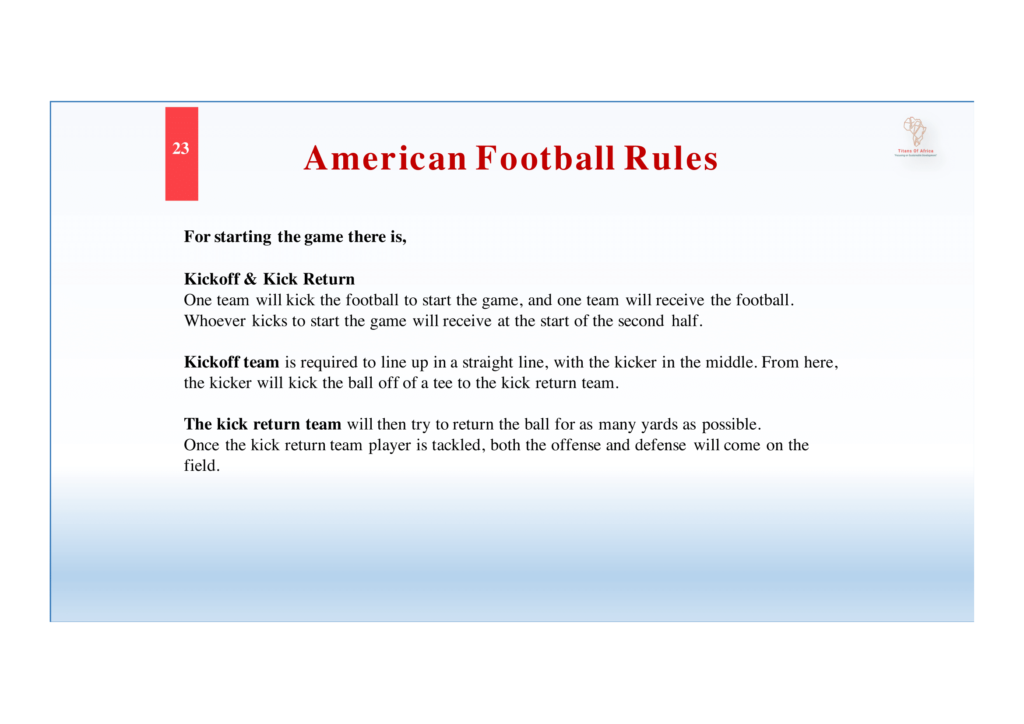
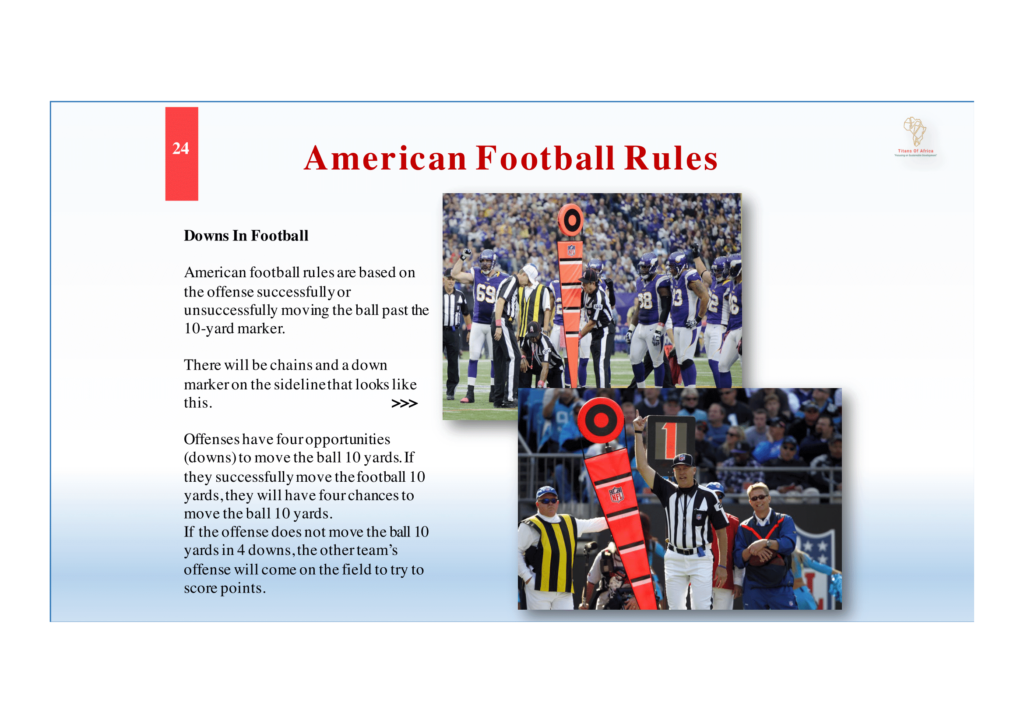
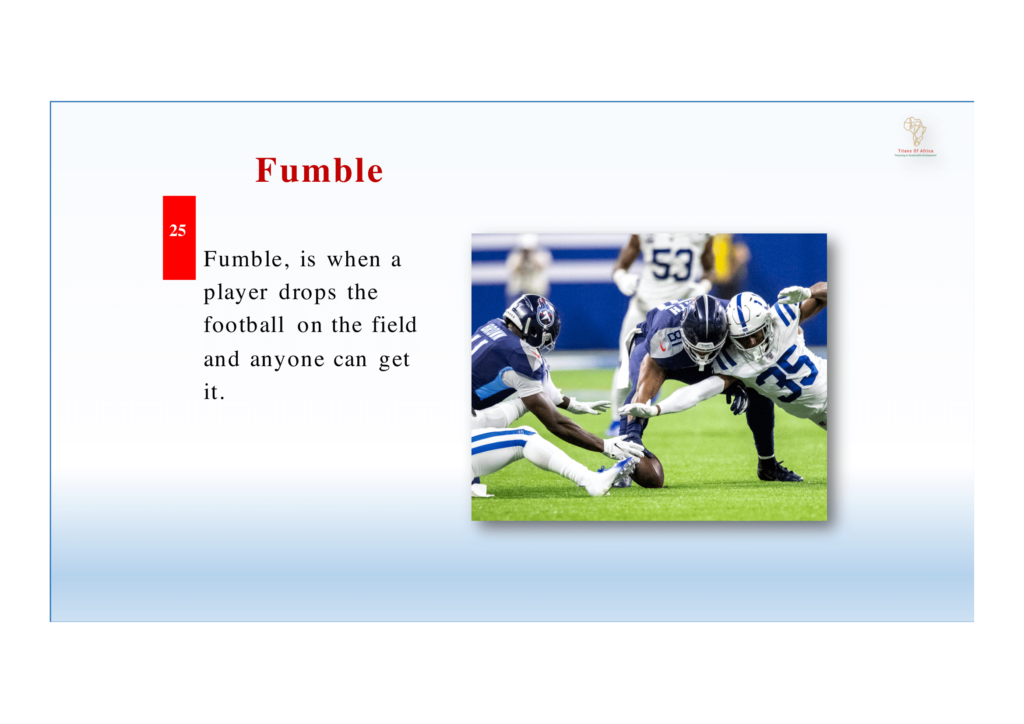
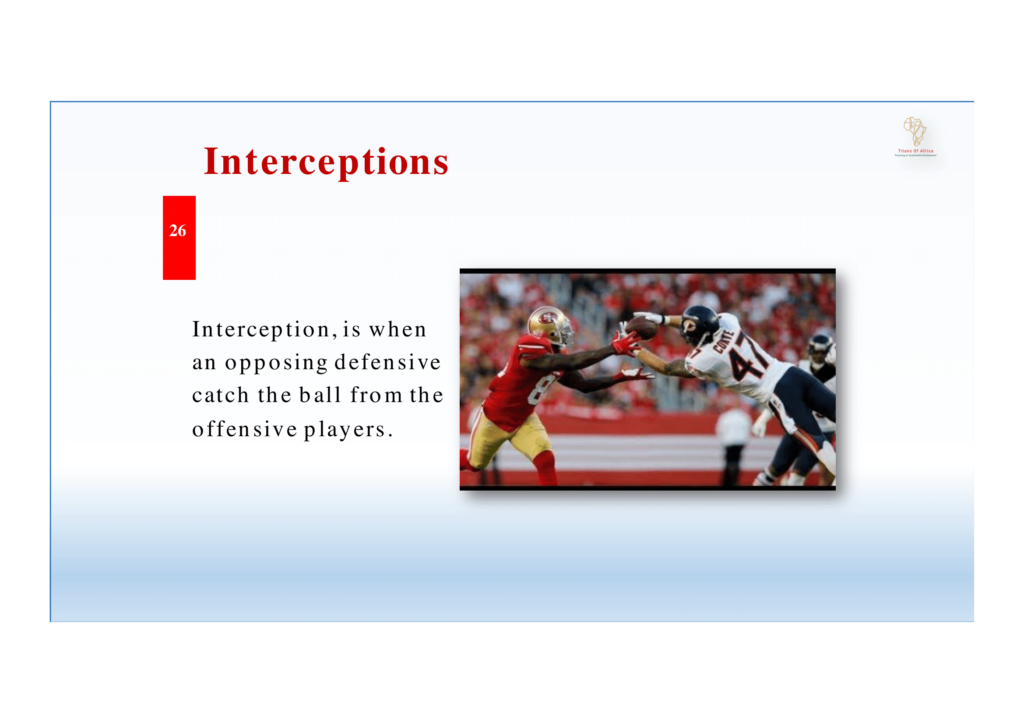
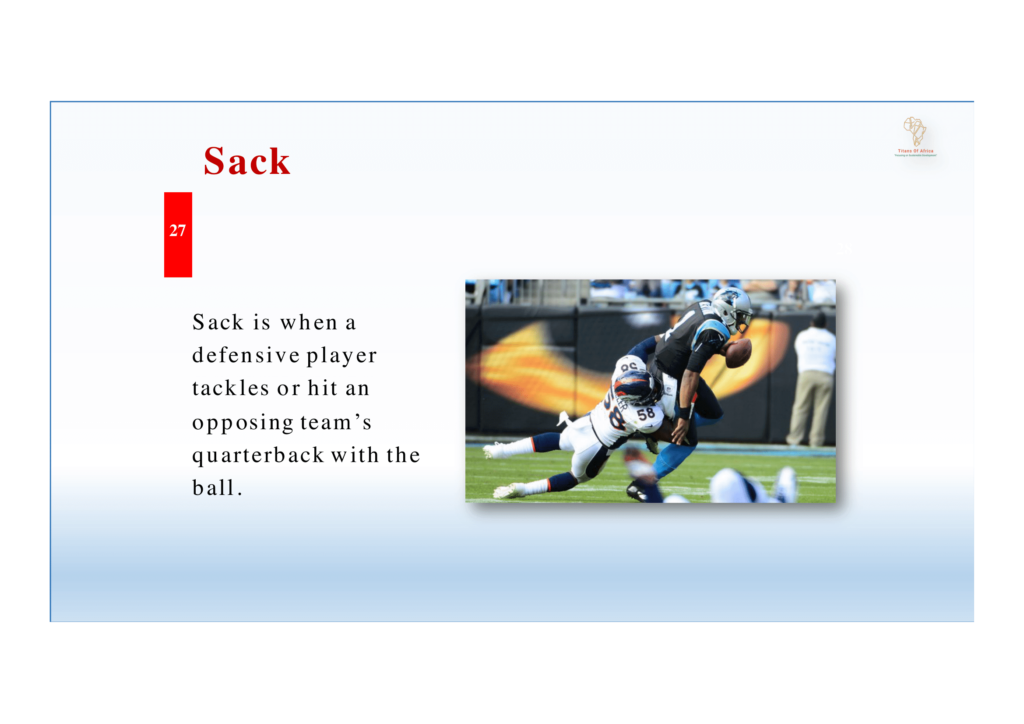

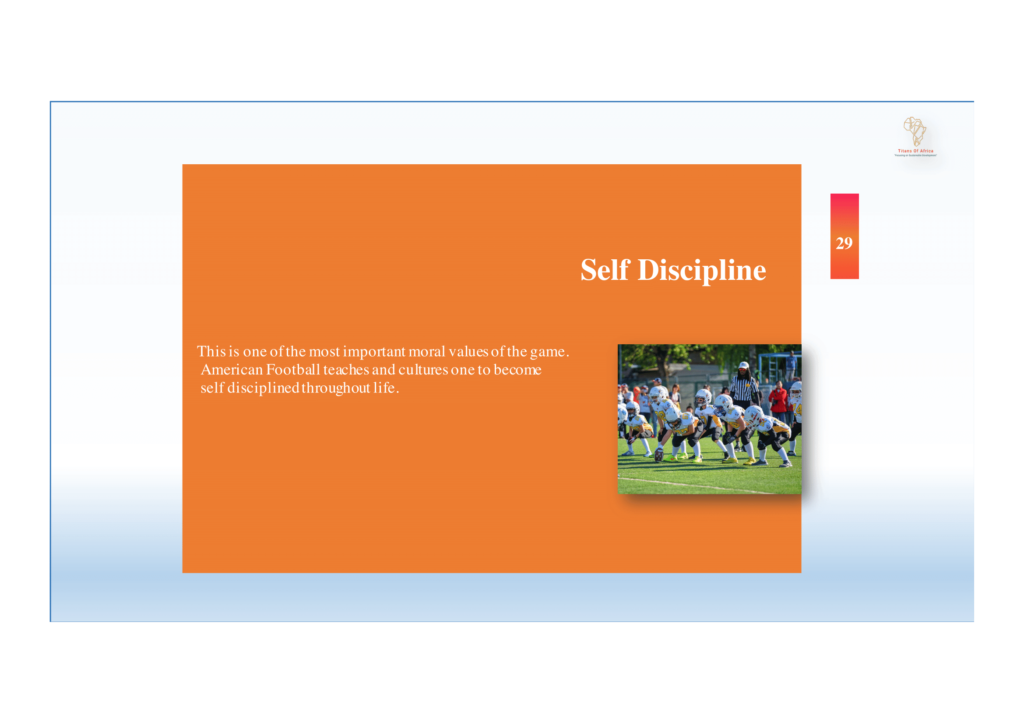

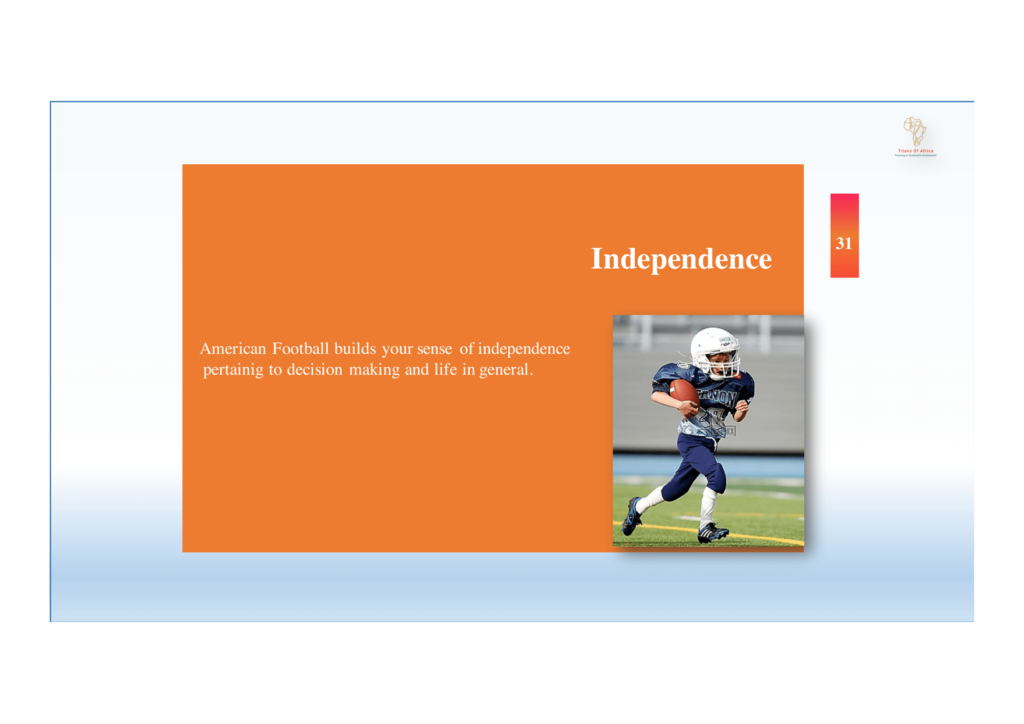

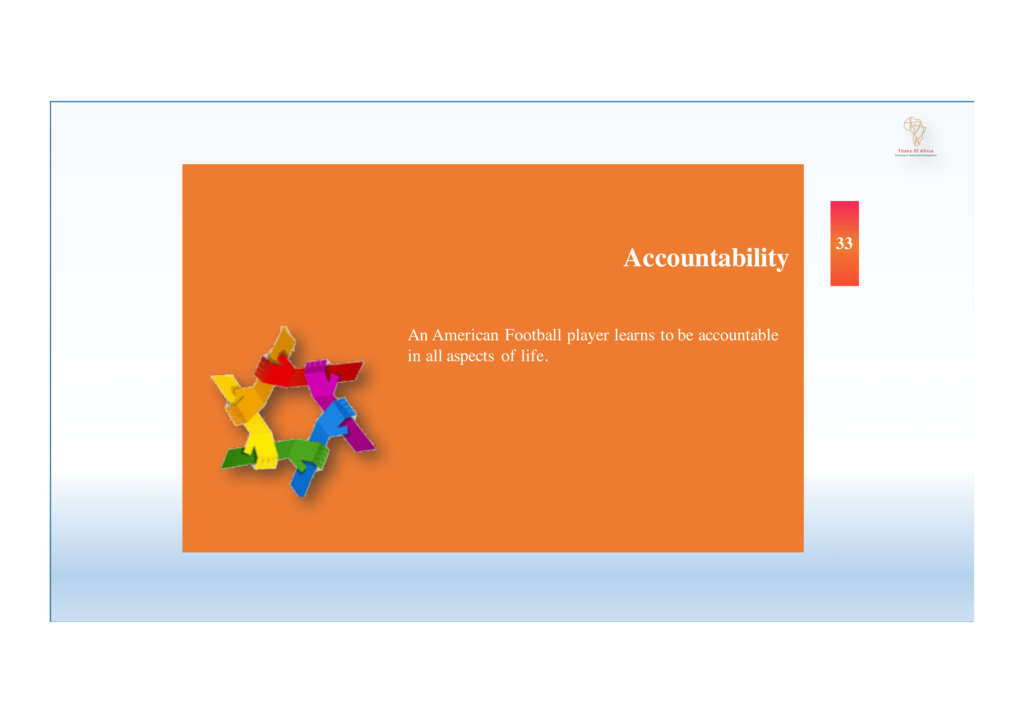

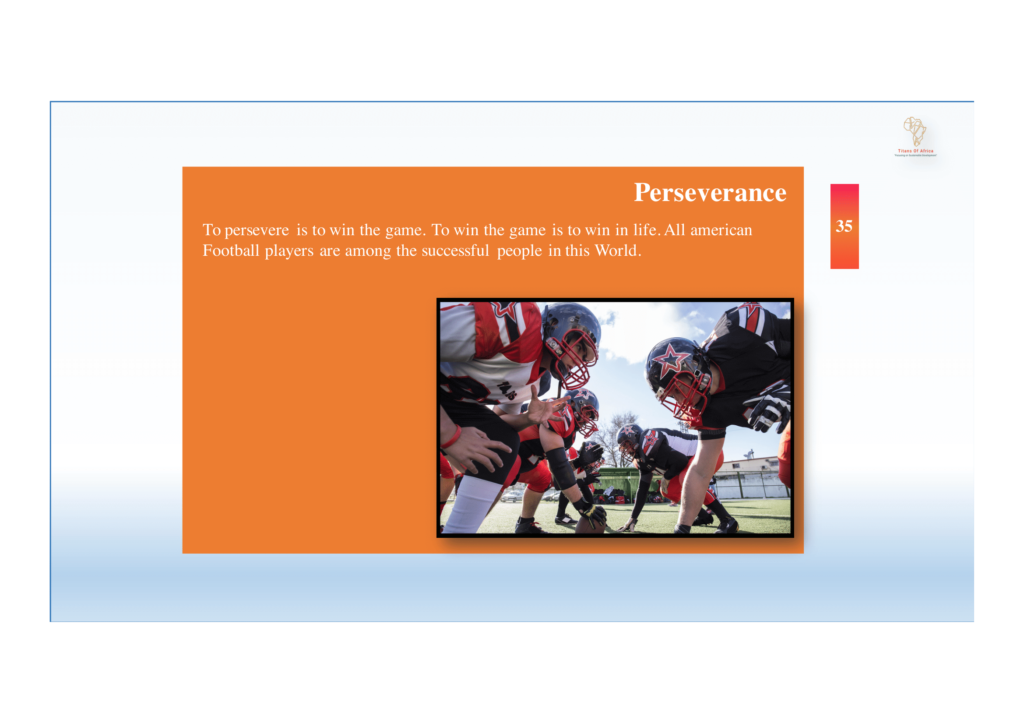
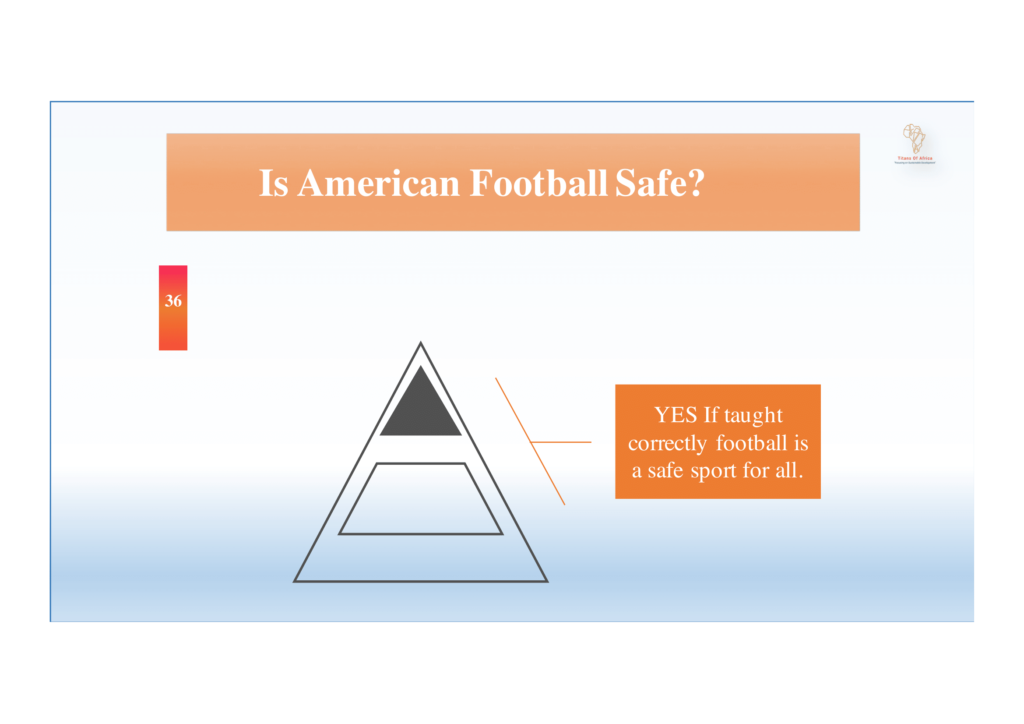
AMERICAN FOOTBALL : Breaking Down the Basics of the Route Tree
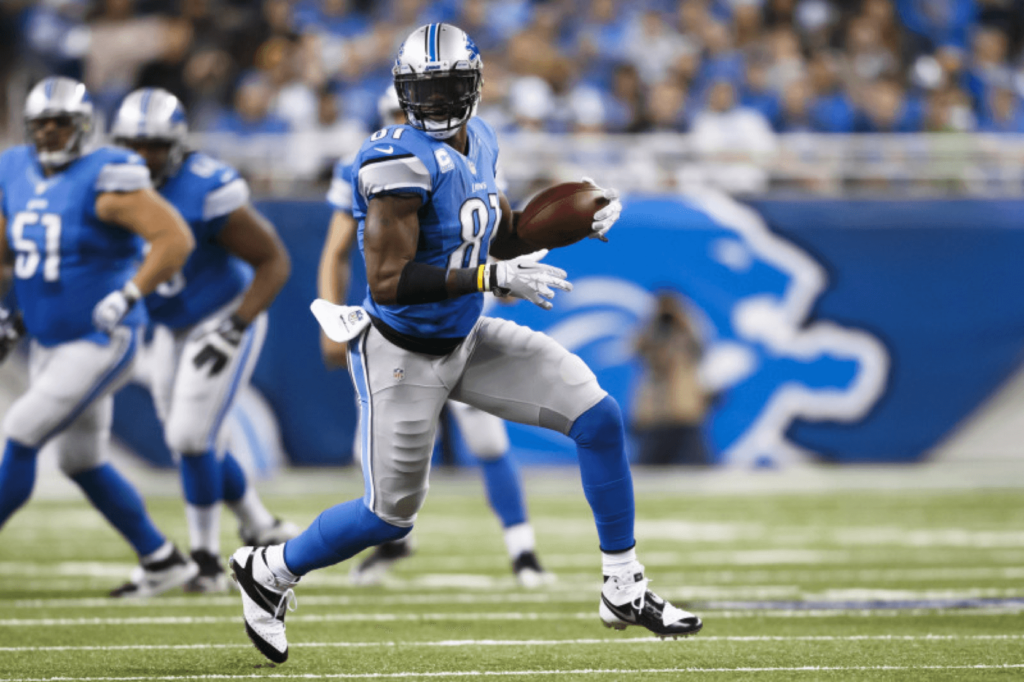
The AMERICAN FOOTBALL route tree is a numbering system used by both the offensive and defensive side of the ball to identify specific stems/breaks/directions that receivers run on passing plays.
Whether that is a straight “go” route outside of the numbers, or a three-step slant that shows up on the backside of a 3×1 formation in West Coast playbooks, every offense in the league uses the route tree as a core system (or guide) to pair with the multiple passing concepts/combinations in the game plan.
Here is a view of the basic route tree with the numbering system.
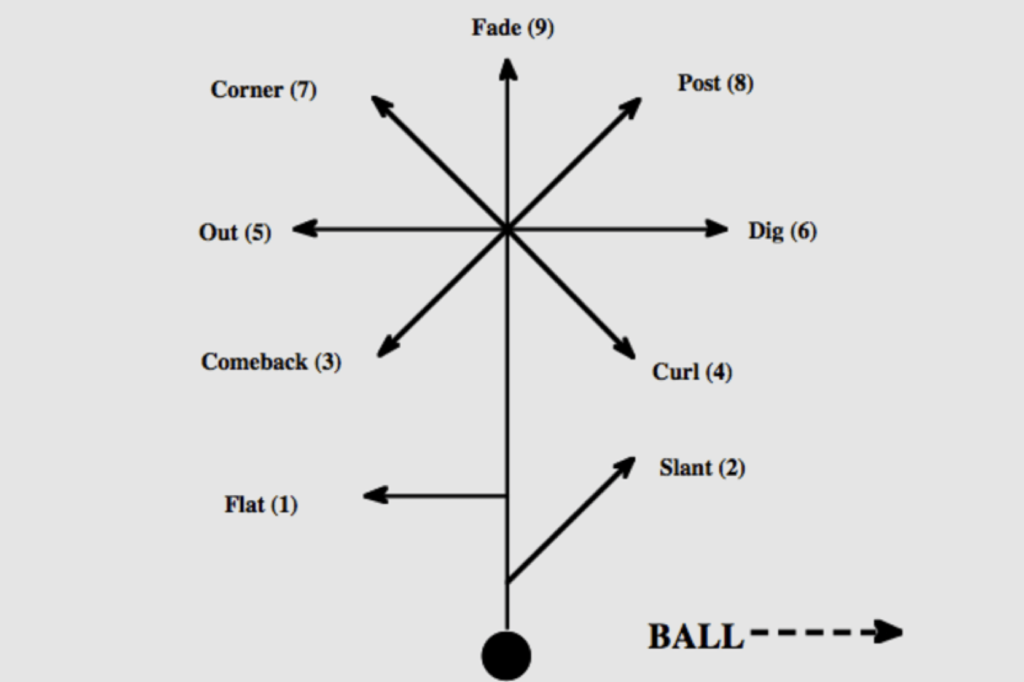
Breaking Down the Route Tree
In the AMERICAN FOOTBALL, every route (outside of the three-step passing game) breaks at a depth of 12 to 15 yards. Here’s a quick breakdown of the routes you need to know in your film study.
Flat (1): A three-step, outside breaking route usually run from inside of the numbers (slot receiver, tight end, running back) with the receiver taking a quick, vertical release and then breaking to the flat. Think of basic combinations where the flat is used: flat-slant, flat-7, flat-stick, etc.
Slant (2): The slant can be run from a three-step drop or a one-step drop (sight adjust to off-coverage/blitz hot read). An inside breaking concept where the receiver will use a quick, vertical stem before breaking at a 45-degree angle to gain leverage versus a defender inside of the numbers. The slant will show up with players such as Calvin Johnson, etc., because of their size/length to create leverage on the break.
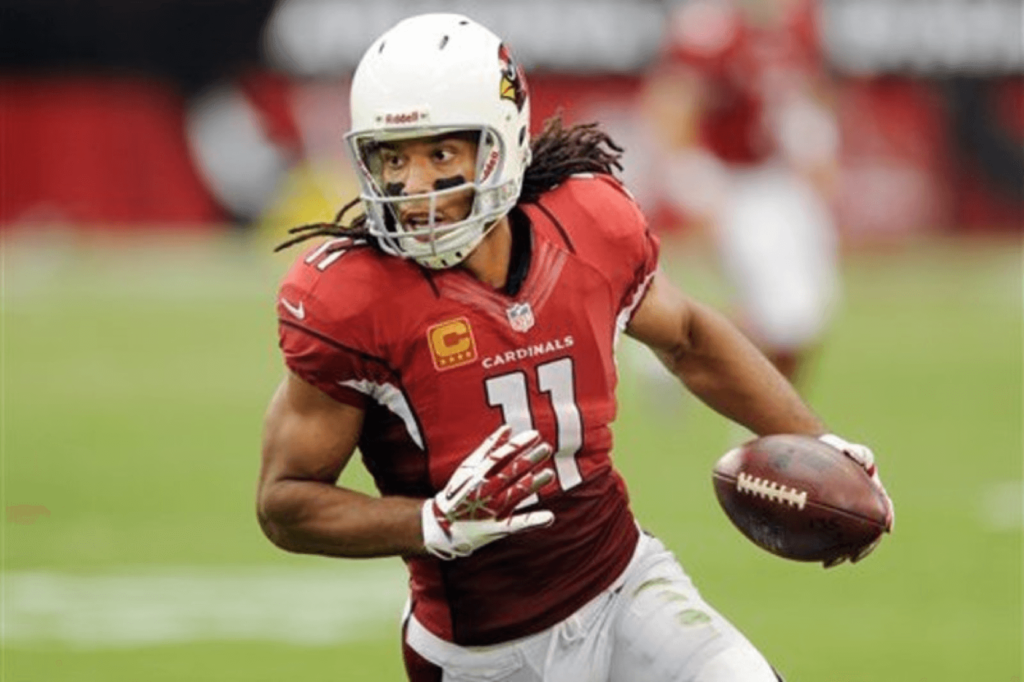
Comeback (3): One of the toughest throws for an AMERICAN FOOTBALL quarterback to make, the comeback breaks at a depth of 12 to 15 yards with the receiver breaking downhill at a 45-degree angle to the sideline. In order for the comeback to be productive, the receiver must create enough separation within the stem by selling the fade before breaking downhill.
Curl (4): The curl route is the opposite of the comeback, with the wide receiver pushing up the field between a depth of 12 and 15 yards and breaking downhill at a 45-degree angle inside (or to the quarterback). Due to the size we see at the wide receiver position in today’s game, the curl route shows up consistently on Sundays and is often paired with a flat route (curl-flat combo).
Out (5): The out route (or deep out) again breaks between 12 and 15 yards, but the key is the initial split (or stem) of the receiver. This route requires room for the receiver to break and secure the catch while staying in bounds. Because of that, the receiver will either align at the bottom of the numbers or stem to the bottom of the numbers from a plus split to create enough room to complete the catch.
Dig (6): The dig (or square-in) is a deep, inside breaking cut with the receiver (or tight end) pressing up the field, sinking his hips and breaking back to the middle of the field between a depth of 12 and 15 yards. The key for the receiver is creating separation at the top of the stem by pinning the defensive back to the outside. A top concept in the intermediate passing game versus both zone and man coverage that caters to top-tier route-runners such as A.J. Green.
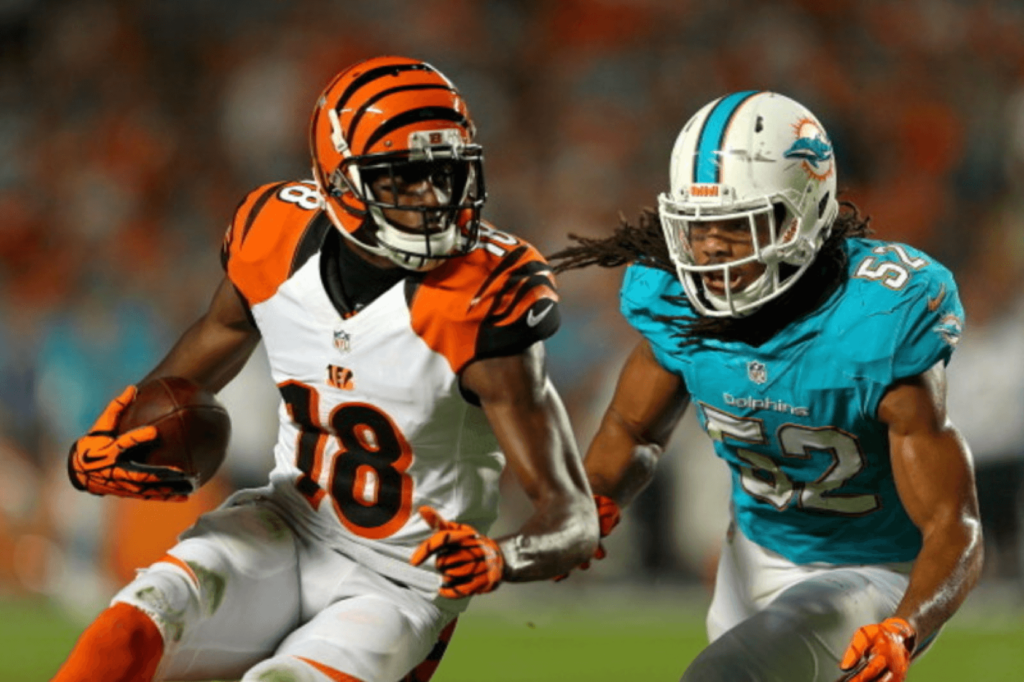
Corner (7): The corner route (or old school “flag route”) is a deep, outside breaking cut run up the field at a 45-degree angle toward the sideline. Receivers aligned outside of the numbers will have to take a hard, inside release to run the 7 (create room), and we often see it out of a slot alignment. Paired with the flat route (flat-7), the corner route is one of the top Cover 2 beaters in the AMERICAN FOOTBALL and also shows up versus Cover 1 in the red zone to work away from the safety help in the middle of the field.
Post (8): The post is a deep, inside breaking route where the receiver stems up the field at a 45-degree angle to the goal posts. The post can also be run with a “dino” stem (stem to corner, break back to the post) to create more separation by widening the defensive back. One of the top routes in the vertical passing game that is run versus single-high (Cover 1, Cover 3), quarters (Cover 4) and two-deep (Cover 2, Cover 6).
Fade (9): The fade route can be identified with multiple terminology (go, fly, clear-out, etc.). Using a vertical stem, the receiver will work to beat a defender’s cushion in off-man, or win with an outside release in press-man, to stack on top of the defensive back down the field. The “back-shoulder fade” (ball thrown behind the receiver or to the back shoulder versus man coverage) is becoming a top route for today’s AMERICAN FOOTBALL offenses, but the straight “go” route is still a weapon when you have speed outside of the numbers, like DeSean Jackson.
All-22 Identification/Splits/Releases
Using the All-22 coaches tape, here is the expanded route tree from multiple alignments and splits to give you a clear look at the break points.
“Plus” Split
Let’s use Calvin Johnson and the Lions as an example of a “plus” split (three yards on top of the numbers) with the ball on the far hash.
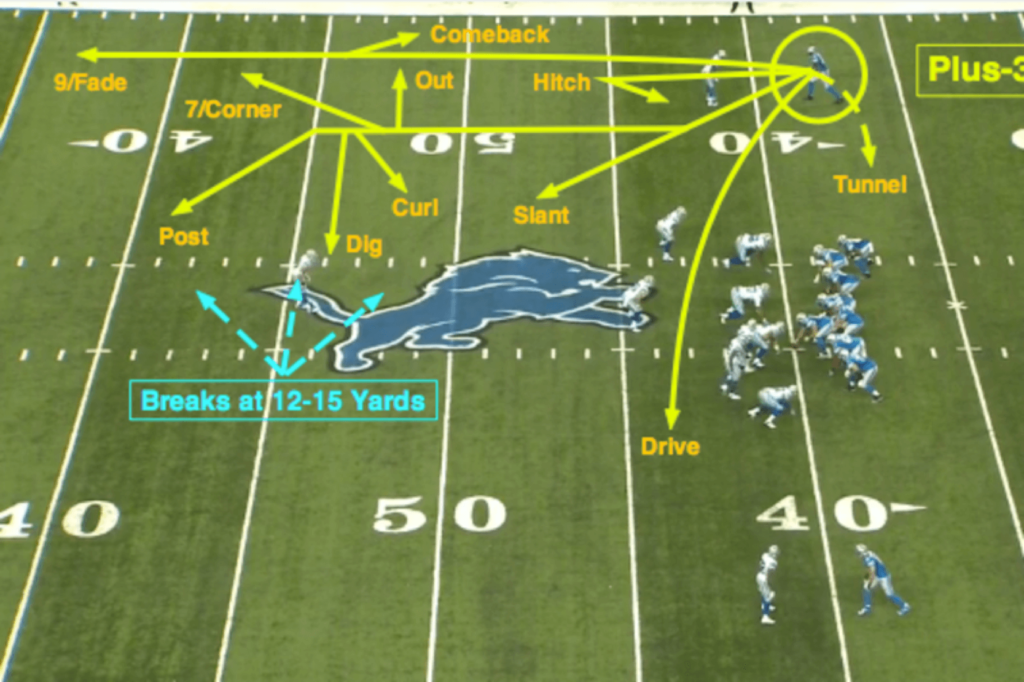
AMERICAN FOOTBALL Game Rewind
There are only two routes that Johnson can run from this pre-snap split with an outside release: comeback and fade. That’s because of the limited room he has to work with outside of the numbers in relation to the sideline.
Every other route (along with the tunnel screen) requires Johnson to use an inside release with that split.
The one-step slant and drive route (or shallow drive) are run with a flat inside release. There is no vertical stem here. Johnson will come off the ball and immediately look to create leverage versus the defensive back.
However, in order to run the intermediate passing game (curl, out, dig), plus attack the top of the route tree (corner, post), Johnson has to take a hard, inside release to get to the bottom of the numbers before stemming up the field vertically to a depth of 12 to 15 yards.
Johnson has to create room from that split to run the corner and the out, and he cannot break back to the middle of the field (or create leverage) on the curl, dig and post with an outside release.
And because of this “plus” split from Johnson, the only route he will run with a straight, vertical release off the line of scrimmage is the basic hitch.
Numbers Split
In this All-22 look, I have Bengals wide receiver A.J. Green aligned on the bottom of the numbers running the same routes as Johnson.
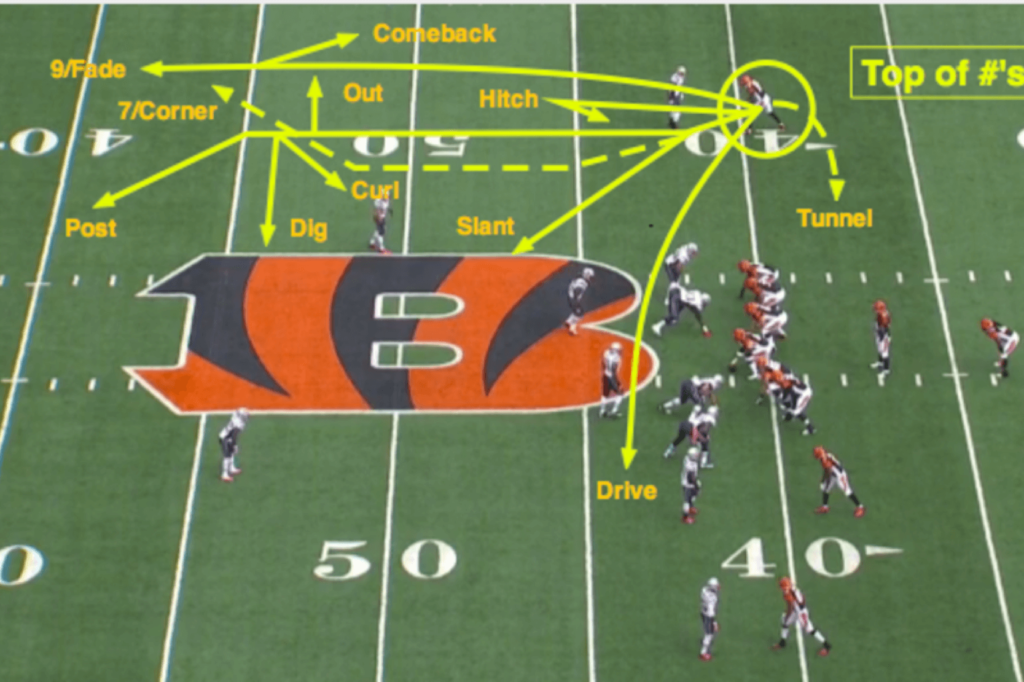
AMERICAN FOOTBALL Game Rewind
However, because of his pre-snap split, Green doesn’t have to take the same hard, inside stem to run the intermediate passing game.
Green could take a slight inside release to create even more room outside of the numbers, but he can also use a straight, vertical release to run the curl, out and dig along with the deep post and corner route.
This is much tougher on defensive backs who read the release/stem of receivers to eliminate specific routes within the play (a key to getting a jump on the ball).
Reduced (or “Nasty”) Split
When a receiver is aligned inside of the numbers (close to the core of the formation) it is called a reduced or “nasty” split.

AMERICAN FOOTBALL Game Rewind
This is what we see here from the 49ers and Anquan Boldin. With the ball on the far hash, Boldin reduces his split to the core of the formation for two reasons: to create room outside of the numbers and to work back across the field.
An immediate alert to the boot (X receiver in a nasty split), Boldin can run the shallow drive and the deep over route to the closed (strong) side of the formation.
To the open side, Boldin can run the stick out, wheel, deep out, corner and fade with the added amount of room he has to work with.
Plus, anytime a receiver is in a reduced split (especially the backside X receiver), the defense always has to be alert to the reverse or “ghost action” (fake reverse). That showed up consistently with Alshon Jeffery and the Bears this season.
Slot Alignment
I wanted to use a shot of Brandon Marshall and the Bears from a slot alignment to show the top concepts run from inside of the numbers at No. 2.
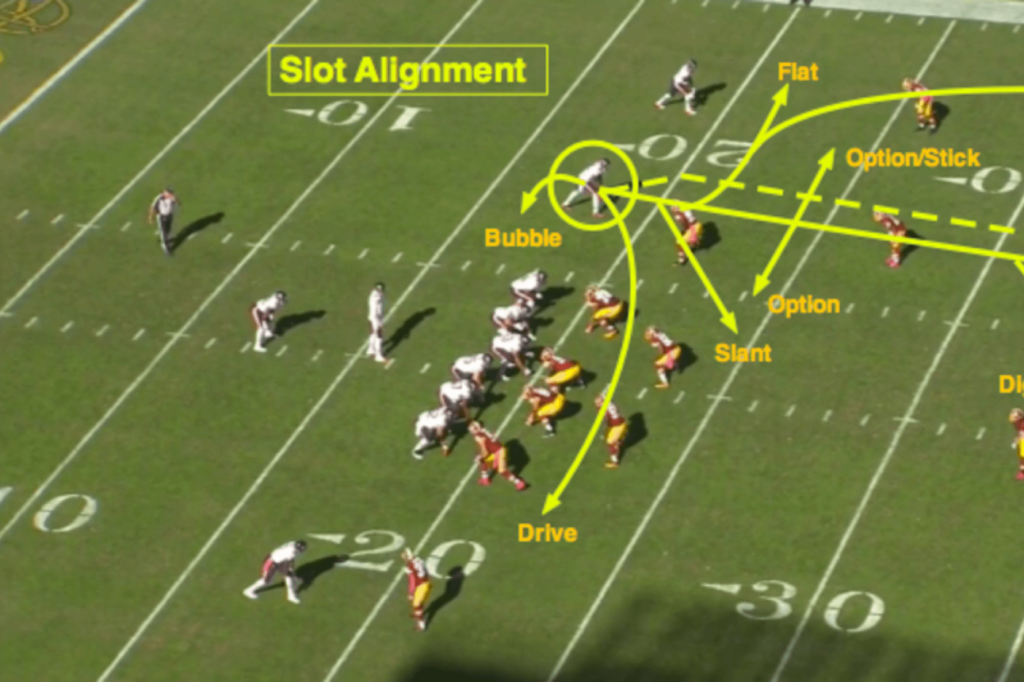
AMERICAN FOOTBALL Game Rewind
This is where the flat route shows up (plus a higher probability for the wheel), along with the option route (break off the defender’s leverage), vertical seam, bubble screen—and there is more than enough room to run the deep out and corner route.
The drive route is one of the top concepts inside of the numbers in the Hi-Lo series (Hi-Lo, Hi-Lo Crossers, Hi-Lo Opposite). Think of two crossing routes to give the quarterback a two-level read inside.
You can see some of the same routes we talked about above, but the key with the routes run from the slot position is the receiver has a “two-way-go” to release inside or outside. That allows the receiver to use his best release to get in a position to stack on top of the defensive back in the vertical passing game or win consistently running the option route.
